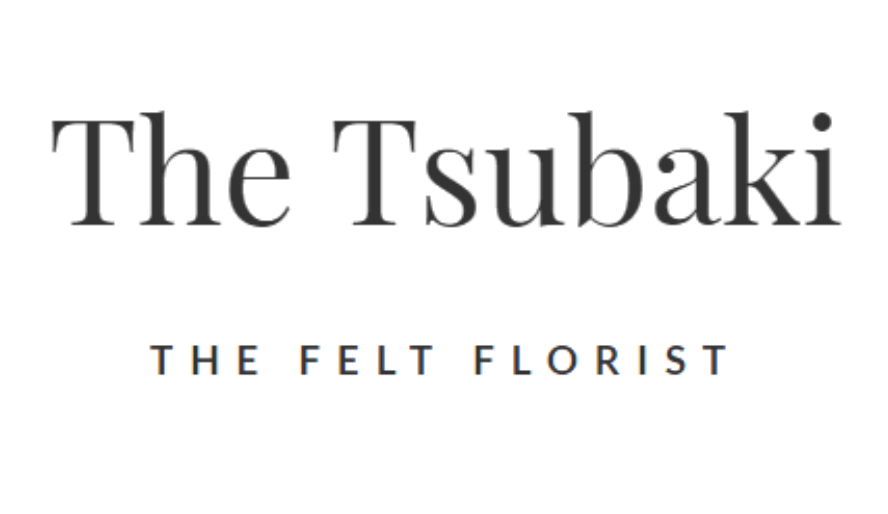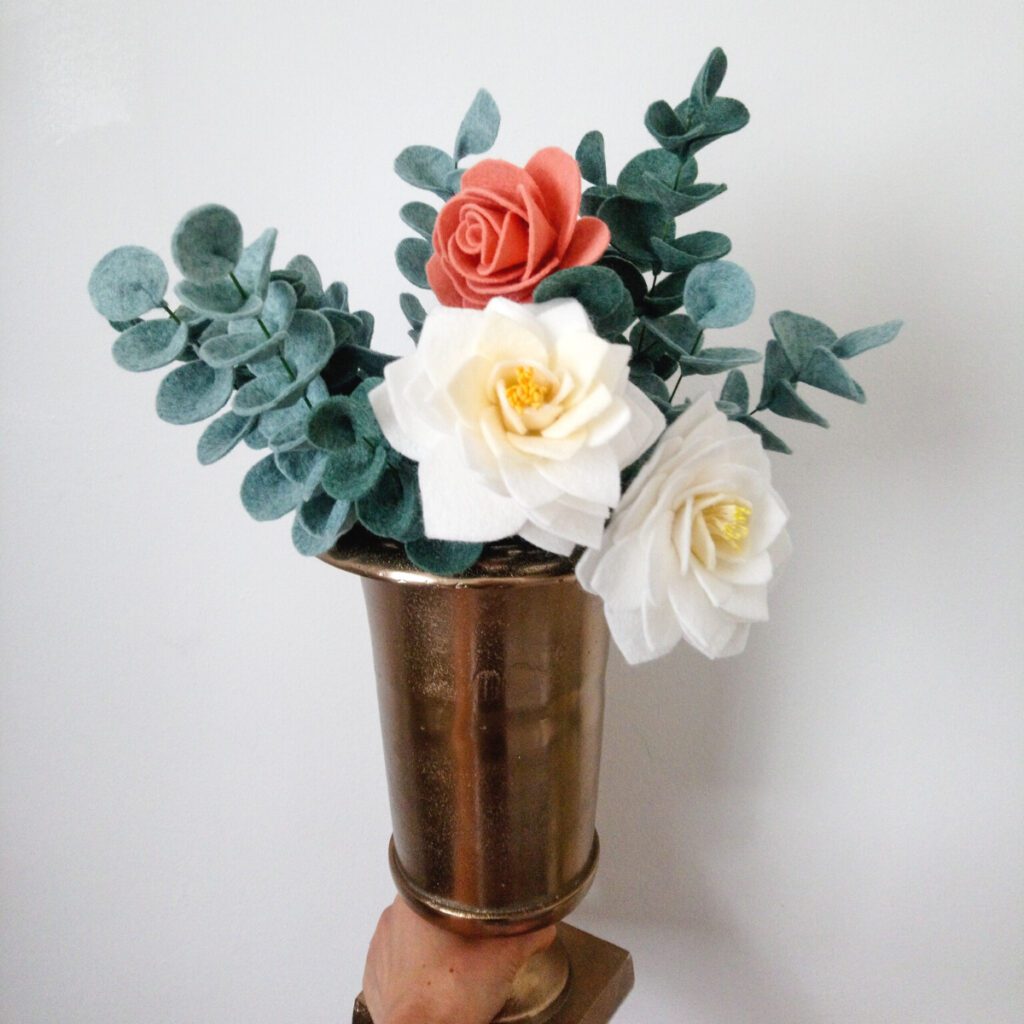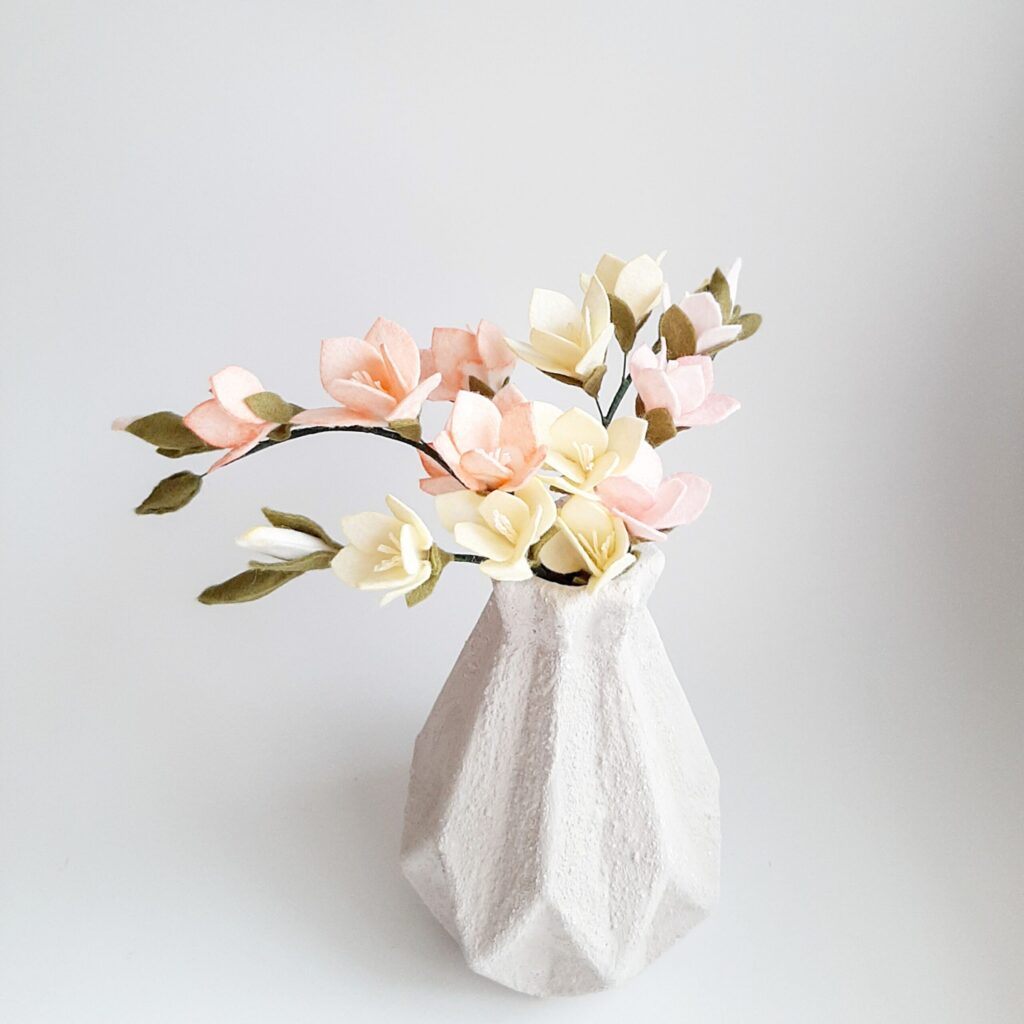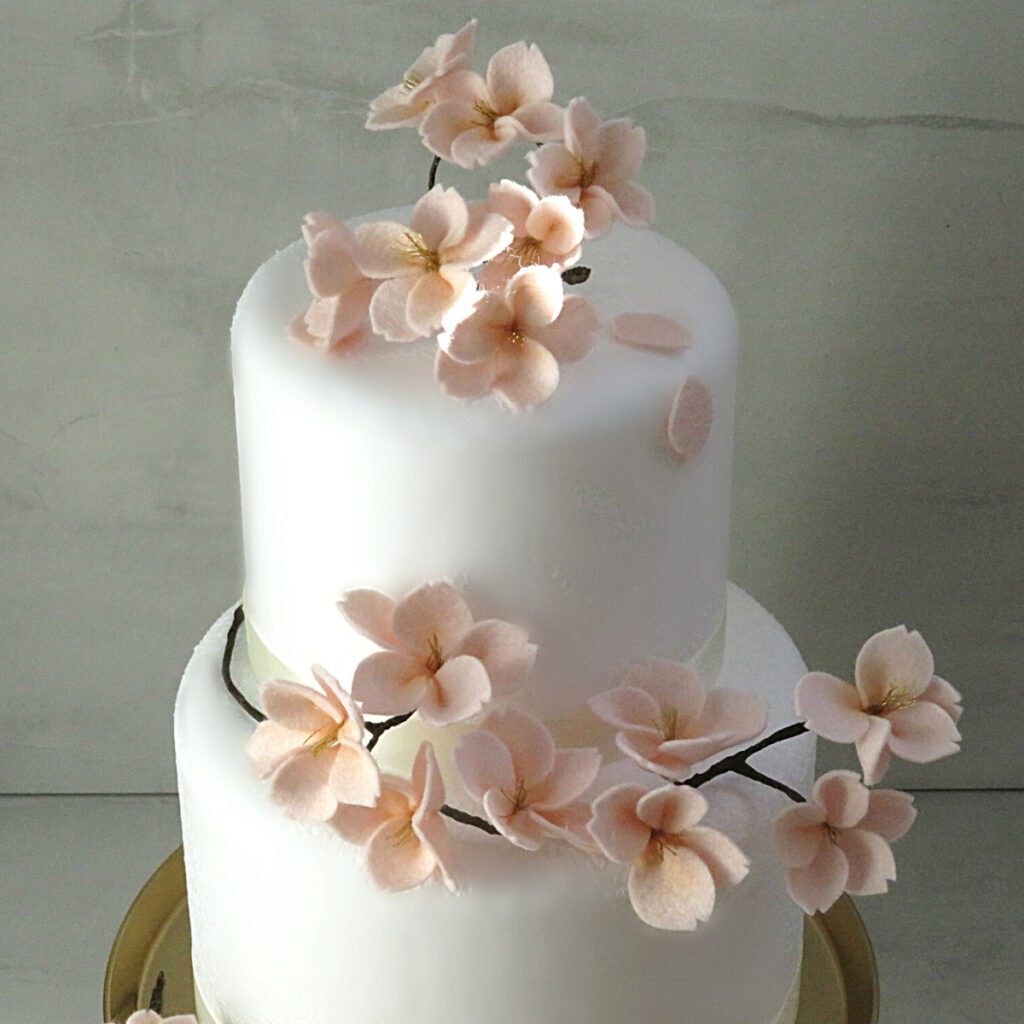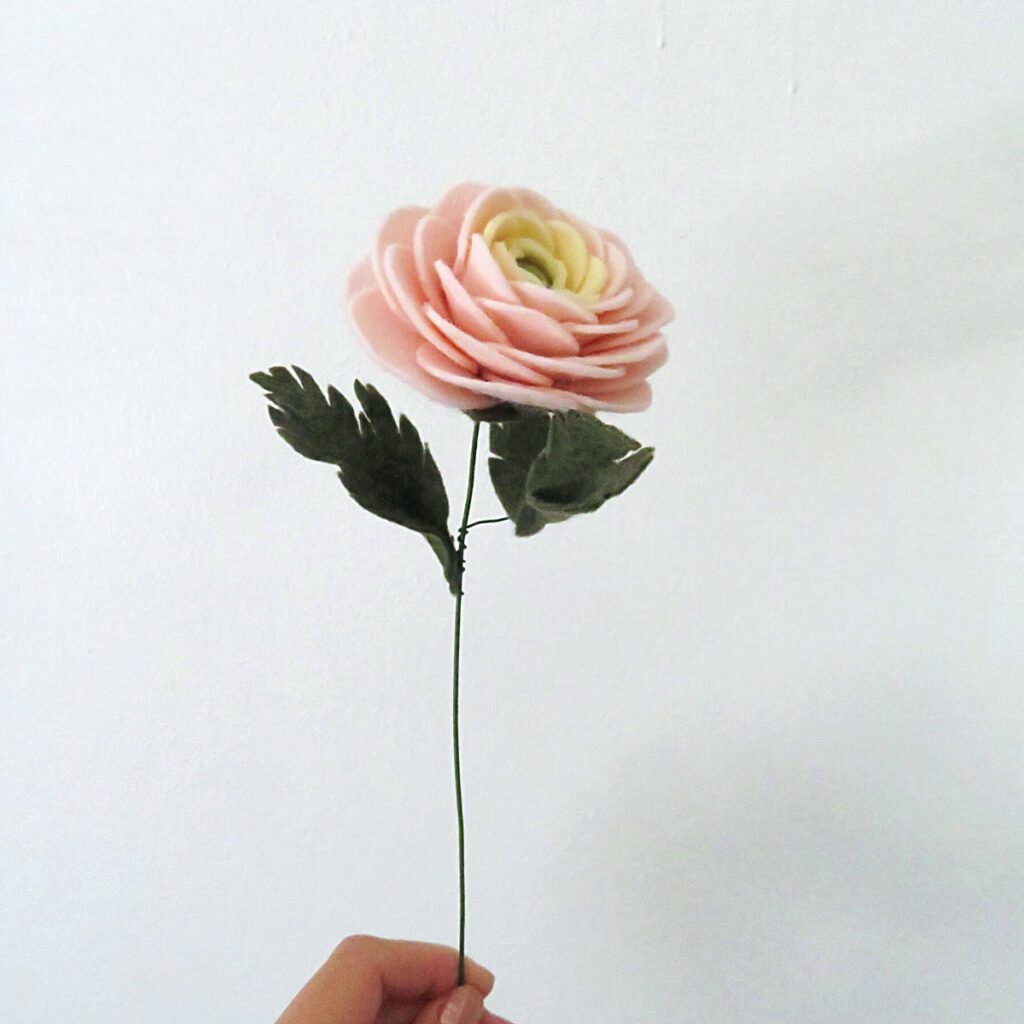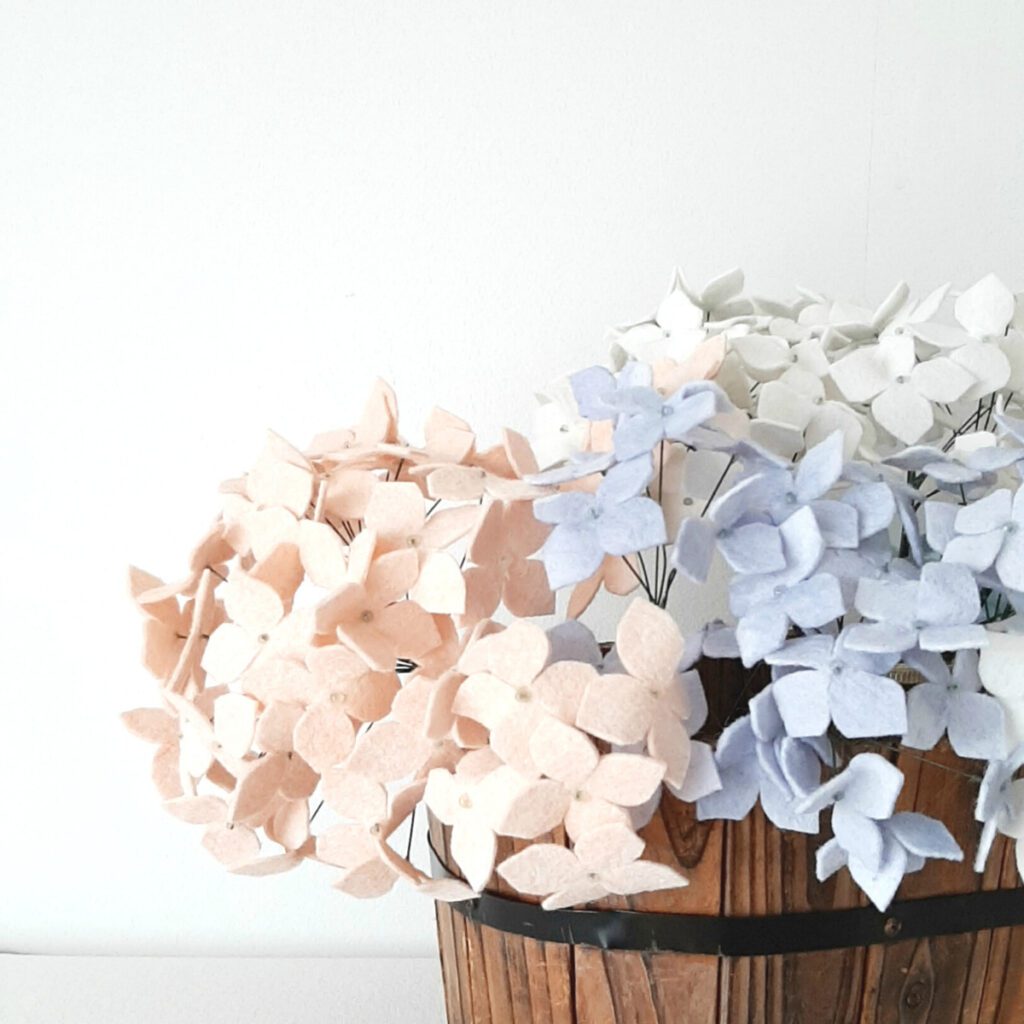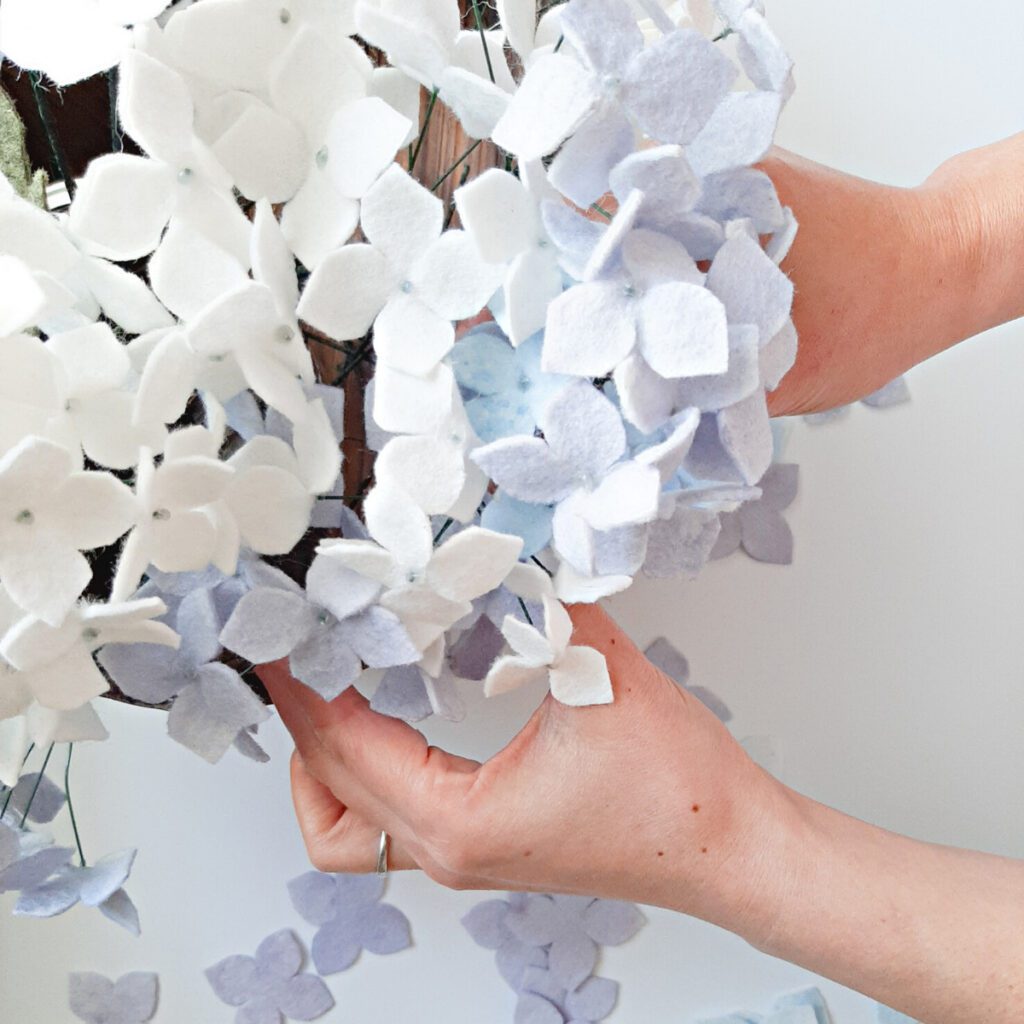The Language For Flowers
12. November. 2018
Tsubaki / Camellia
The gorgeous Camellias (is known as Tsubaki in Japanese) originate from eastern and southern Asia, ranging from the Himalayas to Japan and Indonesia.
They were grown and developed for centuries before they made it to Europe. German botanist, Engelbert Kaempfer described Camellias as the ‘Japanese Rose’ that grew beautifully in hedges and in the wild. He reported that only the best varieties were chosen to feature in gardens.
With its glossy leaves all year round and beautiful flowers which blossom with a gorgeous fragrance, it is not only loved by people, but by the bees and butterflies too.
In Mythology the Camellia symbolises love and devotion and the beauty of the flower has been treasured by couples for centuries.The Chinese believe that the petals reflect the spirit and beauty of a woman.
Uniquely, the male and female parts of the Camellia flower are inseparable, even when it wilts, which symbolises an eternal, everlasting love.
Freesia
Freesia flowers convey a variety of meanings, including friendship, innocence, thoughtfulness, perseverance and being high-spirited.
Freesia is both the common and scientific name for these delicate flowers. They gained their name when botanist Christian P Ecklon named them after a fellow botanist, Friedrich H. T. Freese as a tribute to their friendship. It is said that freesias symbolize friendship to honour the bond between Ecklon and Freese.
Freesia is a symbol for multiple sentiments. The traditional yellow flower is said to mainly signify friendship while the white freesia is used as an expression of innocence. The bell-shaped flower with an almost citrus fragrance comes in a variety of colours, but specific meanings are only attached to the white or yellow freesias.
The long-lasting cut flower has become a common addition to contemporary floral bouquets and is also the traditional flower for a seventh wedding anniversary. Contemporary florists, noting its graceful appearance, recommend freesia for someone who is graceful under pressure.
Sakura
Sakura is the most popular and famous flower symbol in Japan so much so that there’s even a festival to celebrate its arrival in the spring. Sakura is a symbol of wabi-sabi, an important worldview in Japan relating to the acceptance of transience and imperfection as well as gentleness and kindness. It’s also a symbol representing everything in life that is considered as high-minded and honourable. Sakura’s are also closely related to samurai warriors who didn’t make plans for the future but constantly tried to improve themselves.
The peach blooms in spring, the season of many marriages, thus it symbolises matrimony. The plum blossoms represent perseverance, female virtue and tenderness. Sakura flowers depict how fast life can pass by. They bloom magnificently but fall to the ground in a short while.
Ranunculus
Native to Asia, the Ranunculus is a perennial that fares heat in cool, dry climates with mild winters. They are also known as “Little Frog”.Probably due to them often being found near water or watery conditions.
Ranunculus symbolizes Radiant Charm. The flower conveys a message that you are radiant with charm or you are attractive. They are a good choice for a wedding bouquet.
Hydrangea
First discovered in Japan, the name hydrangea comes from the Greek “hydor,” meaning water, and “angos,” meaning jar or vessel. This roughly translates to “water barrel,” referring to the hydrangea’s need for plenty of water and its cup-shaped flower. With its wooden stems and lacy, star-shaped flowers packed closely together in a pompom, the hydrangea’s color ranges from white to blue to pink and purple, determined by the acidity level of the soil.
In Japan, the flower has a historical tradition behind it linked to apologies and gratitude. An emperor supposedly gave Hydrangeas to a maiden he loved as an apology for neglecting her when other business took up all his attention. Contemporary florists in Japan use it to represent genuine emotions and love because the pink blossoms in particular resemble a beating heat. The Victorians were not as fond of the Hydrangea and considered it a mostly negative plant. The flowers were sent to declare someone a boaster or braggart, or to chastise someone for their frigidity in turning down a claim of romantic love. It also means frigidity because of the Medieval belief that young women who grew or picked Hydrangeas would never find a husband. Modern Western florists often use the flowers in wedding bouquets and apology arrangements to tie in with their graceful and abundant meanings.
There remains some debate over the hydrangea’s symbolism – with some connecting it to vanity and boastfulness (perhaps reflecting its abundance of petals and lavish, rounded shape) and others suggesting that a bouquet of hydrangea expresses the giver’s gratefulness for the recipient’s understanding. Still others suggest it represents anything that’s sincerely heartfelt. Despite this variation in flower meaning, there appears to be an overwhelming consensus that this 4th wedding anniversary flower possesses enduring grace and beauty.
Common color meaning associations include:
- Pink – Linked to romance, heartfelt emotions, love, weddings, and marriage.
- Blue – Connected to frigidity, turning down a romantic proposal, asking for forgiveness, and expressing regret.
- White – Known as a symbol of purity, grace, abundance, and bragging or boasting.
- Purple – Used to indicate a desire for a deeper understanding of someone else or to symbolize abundance and wealth.
